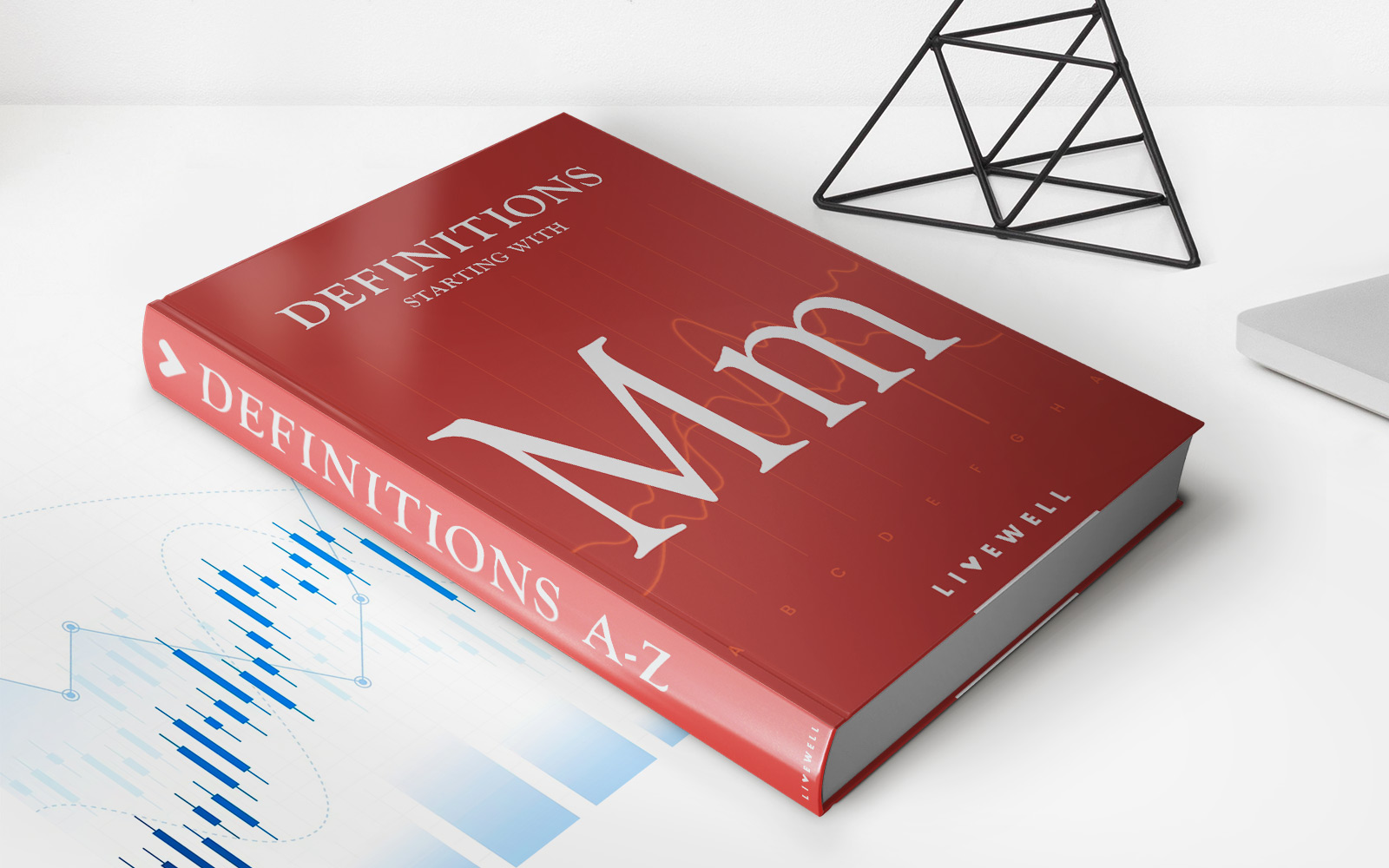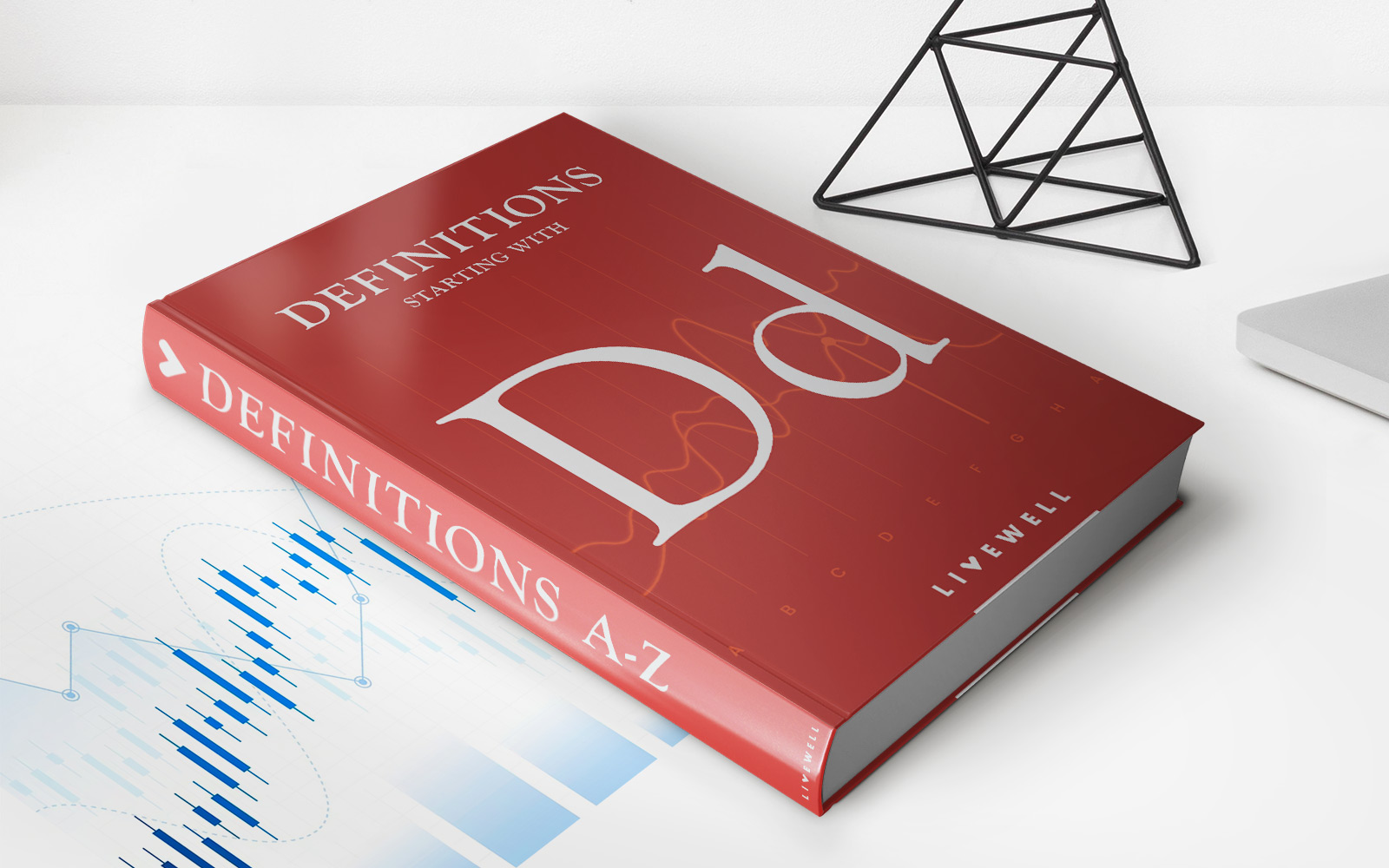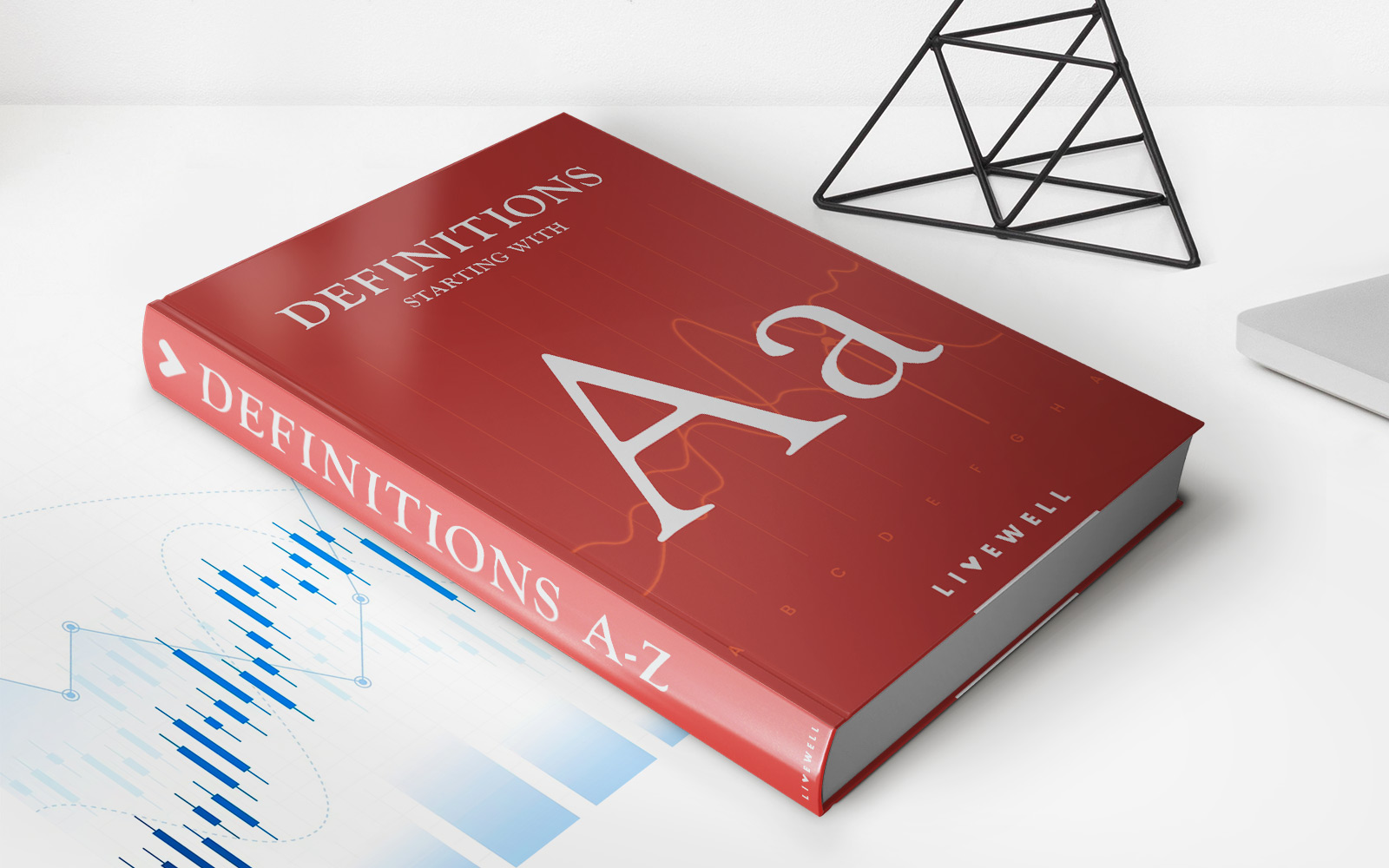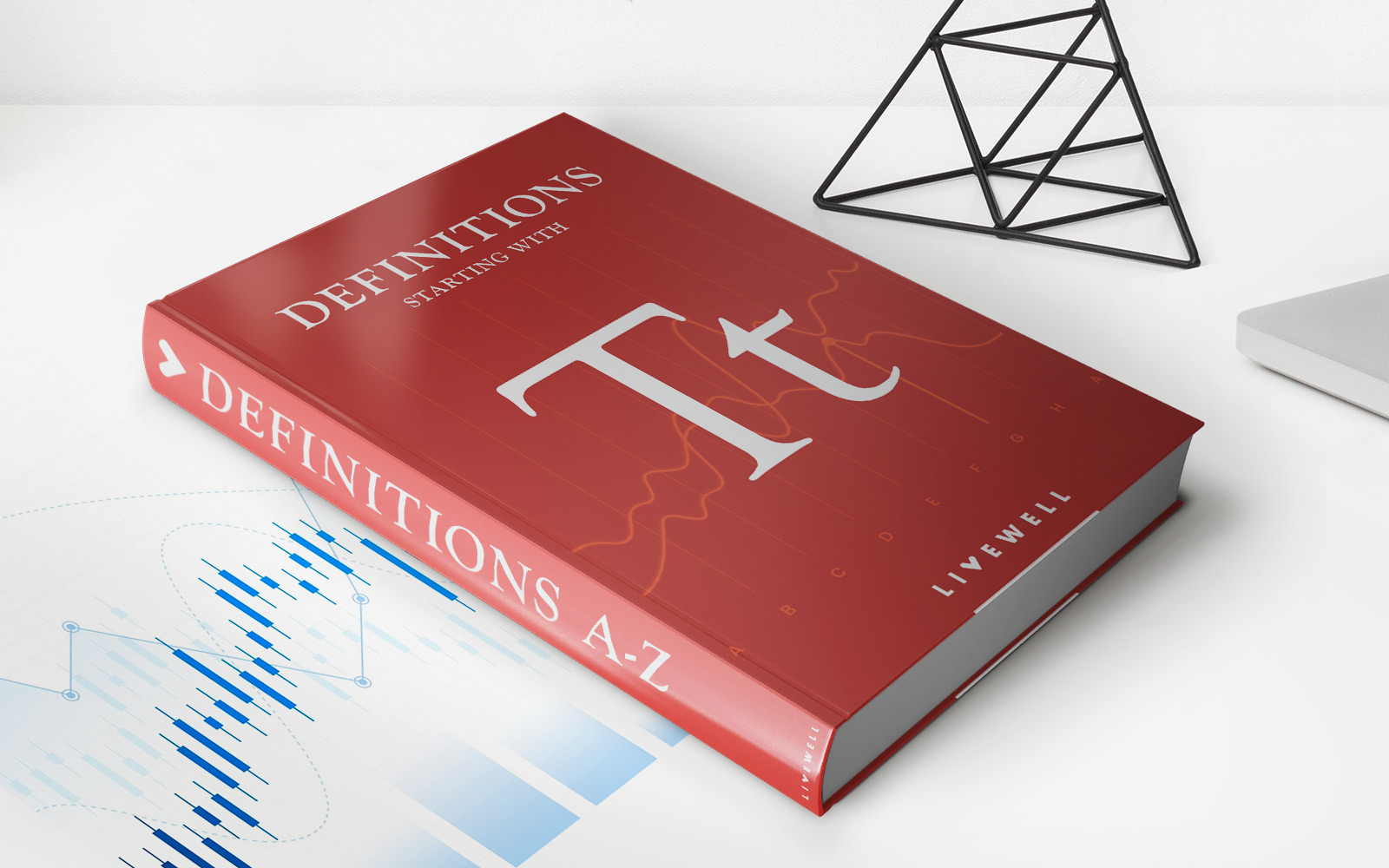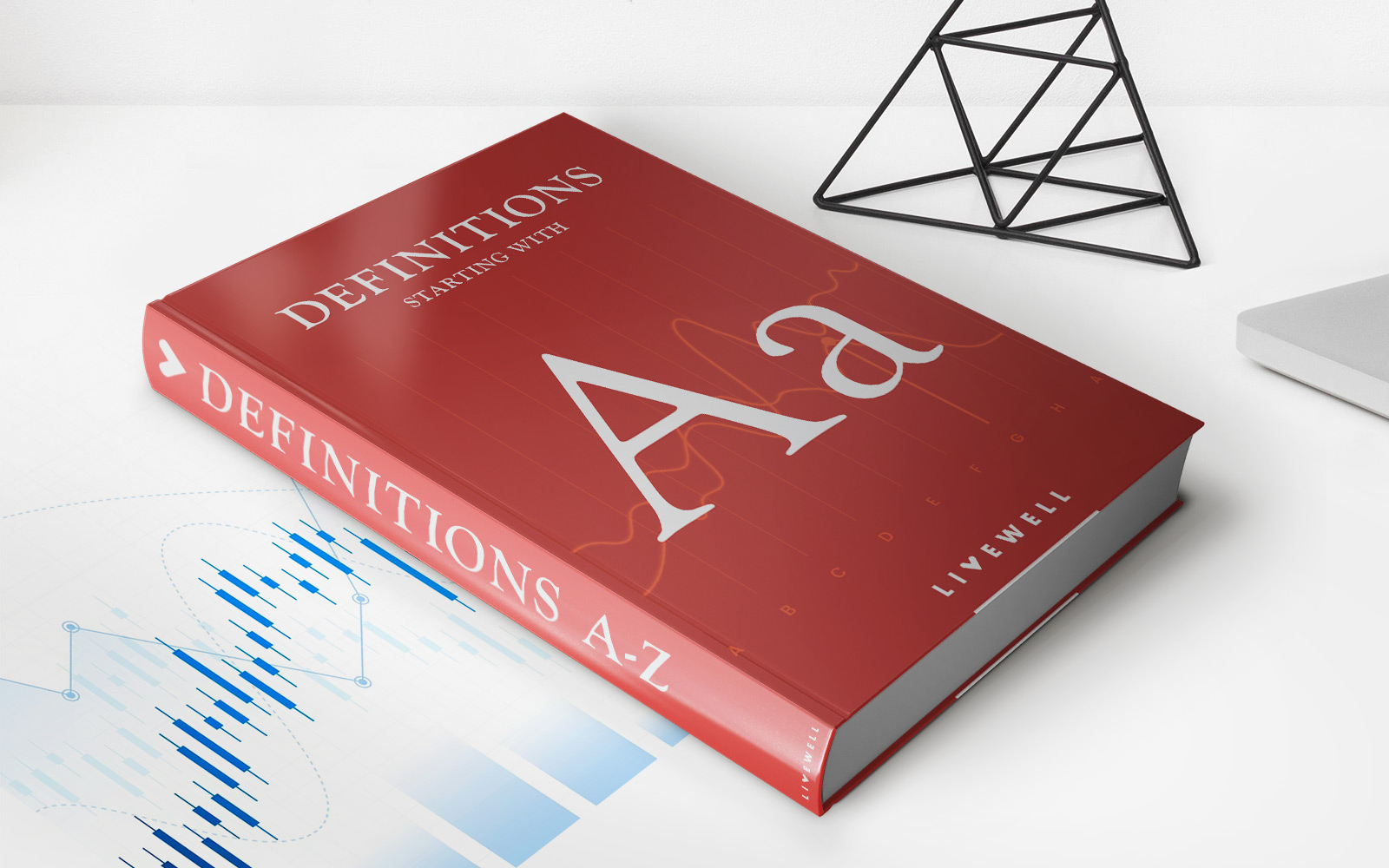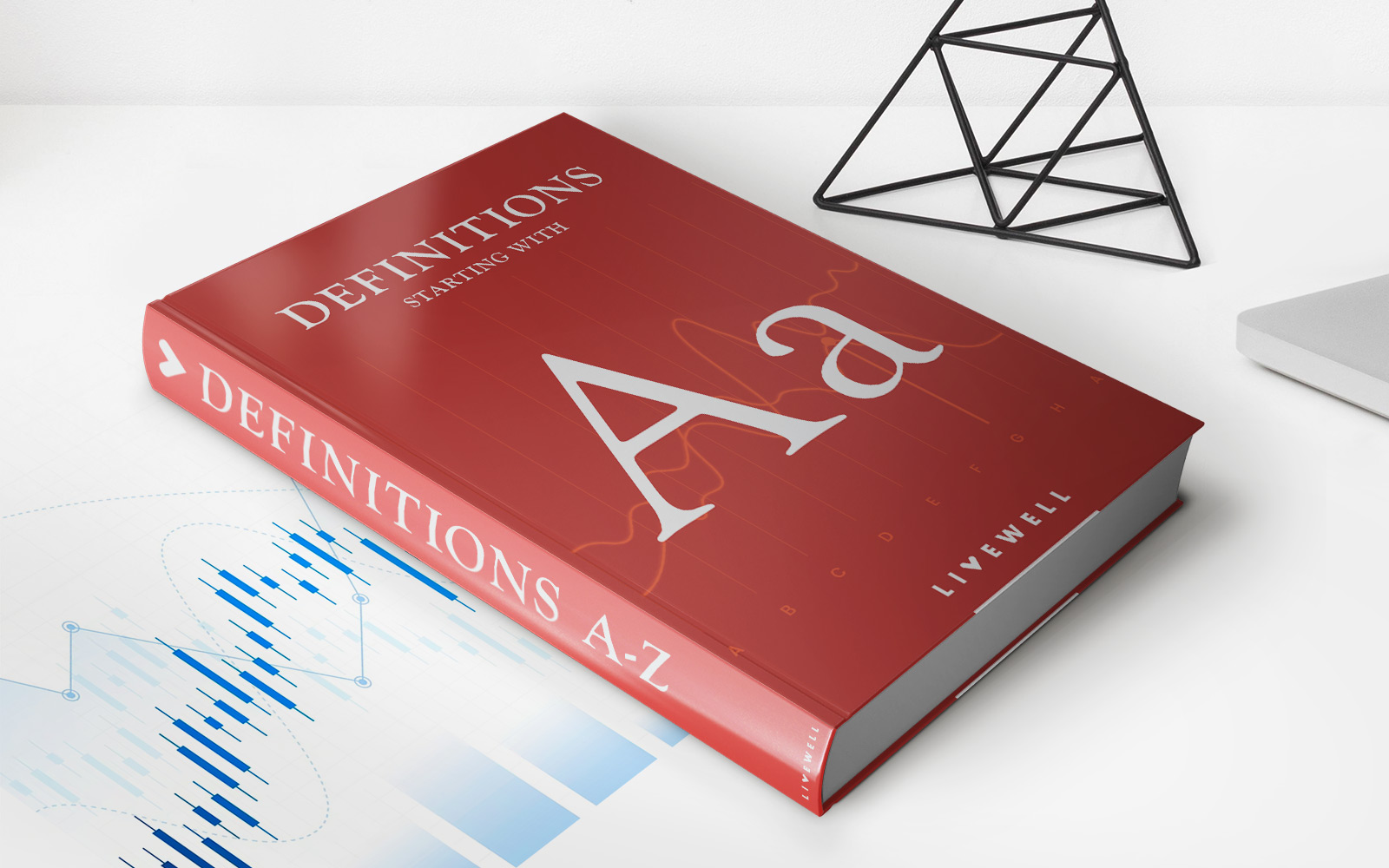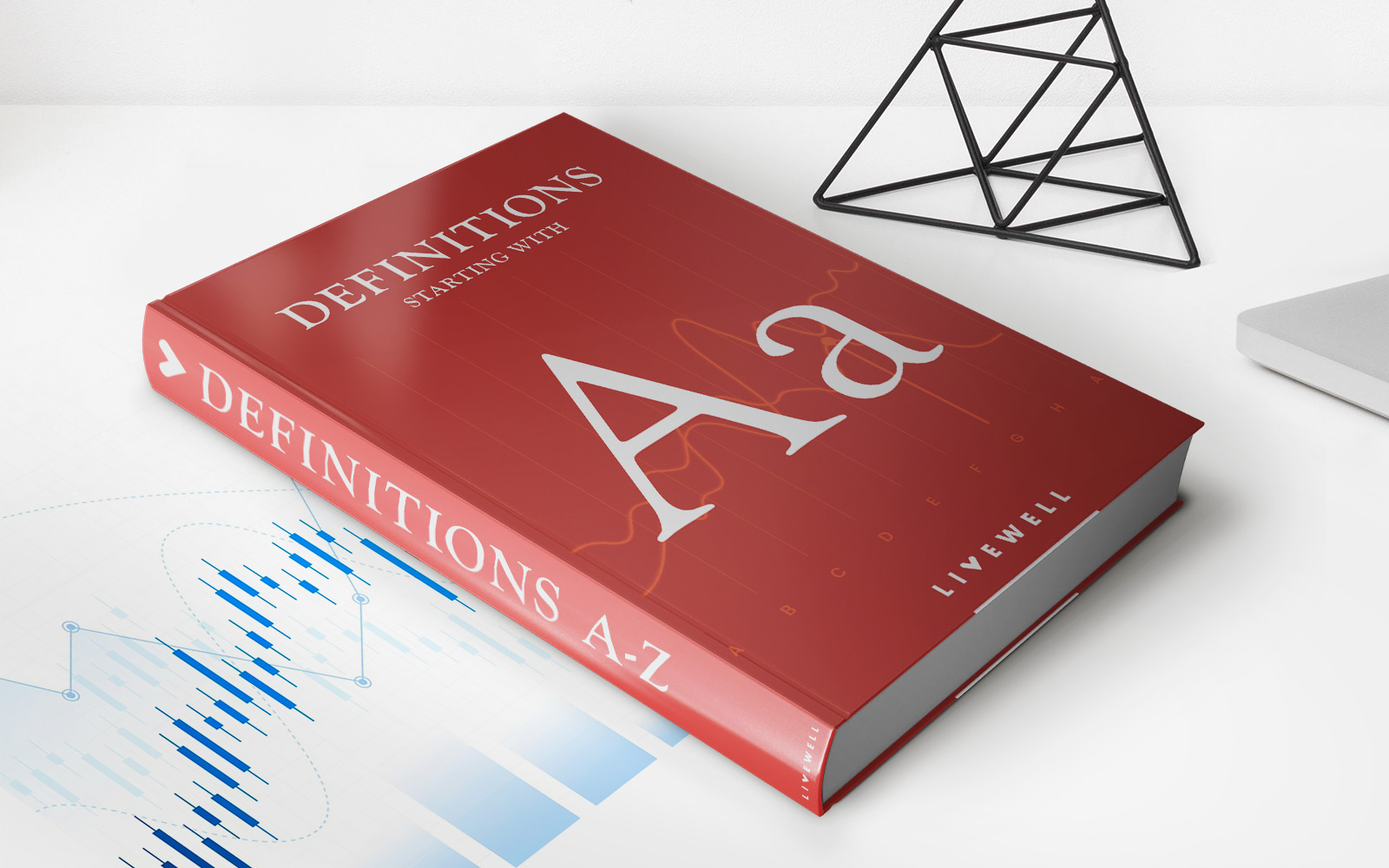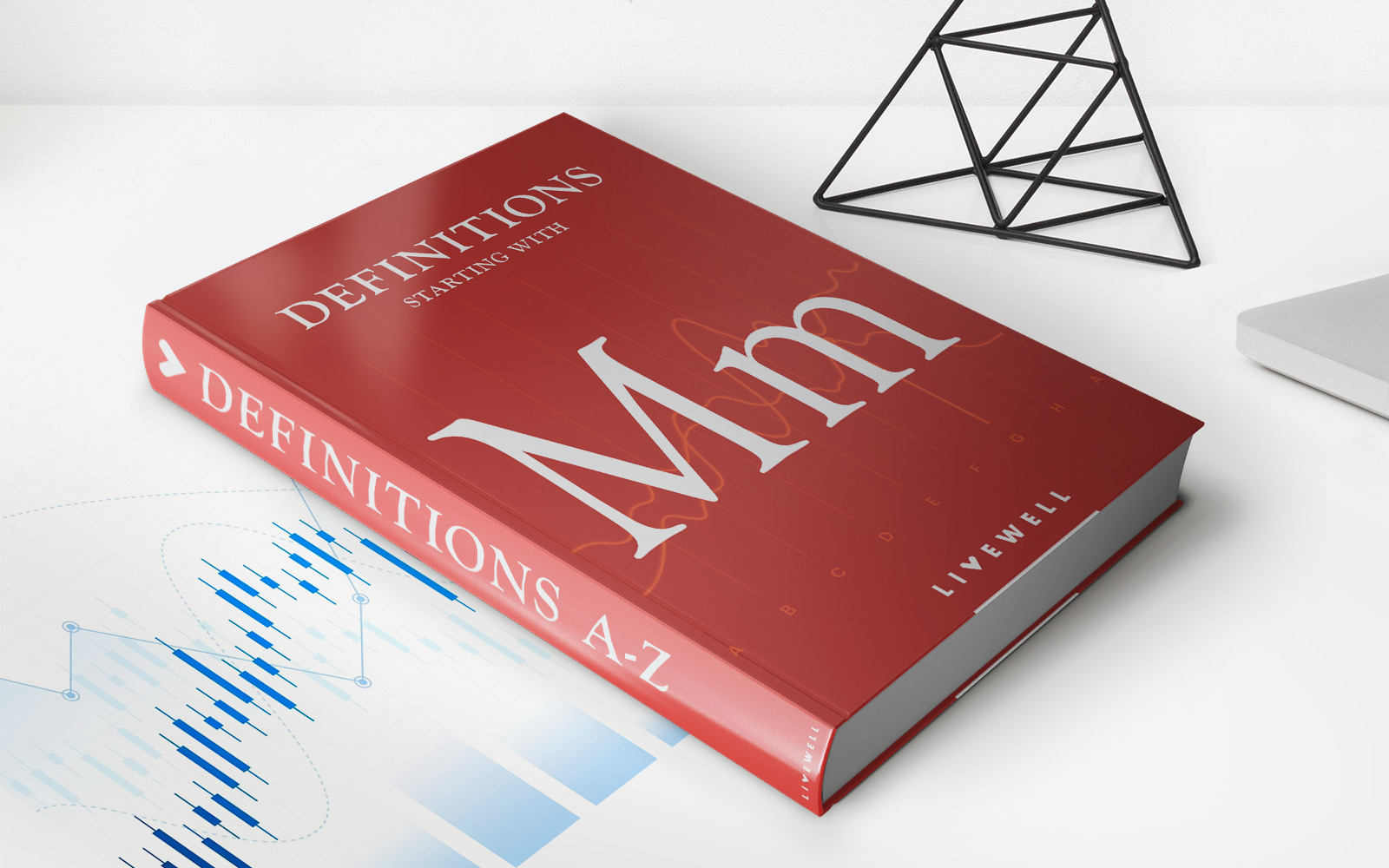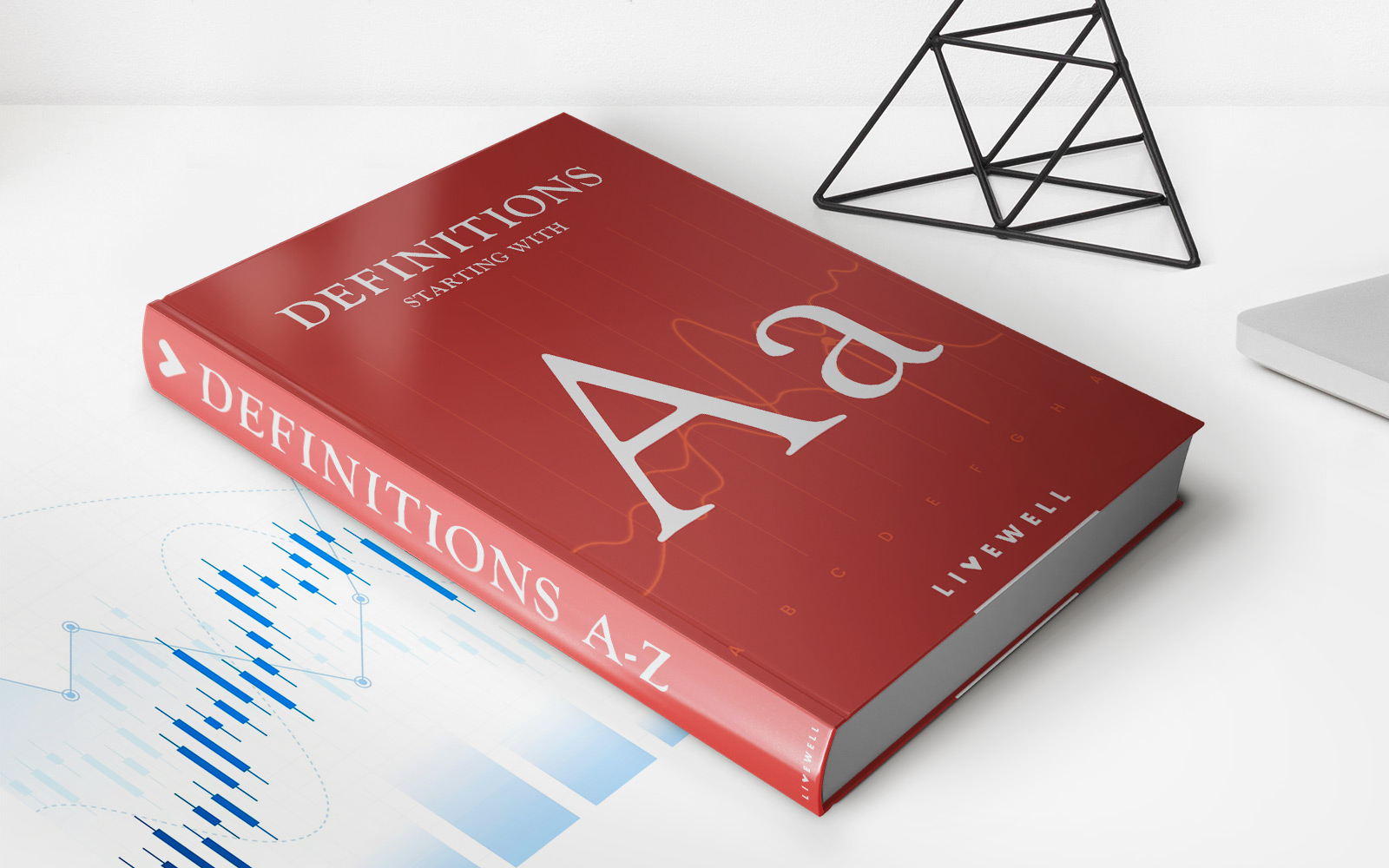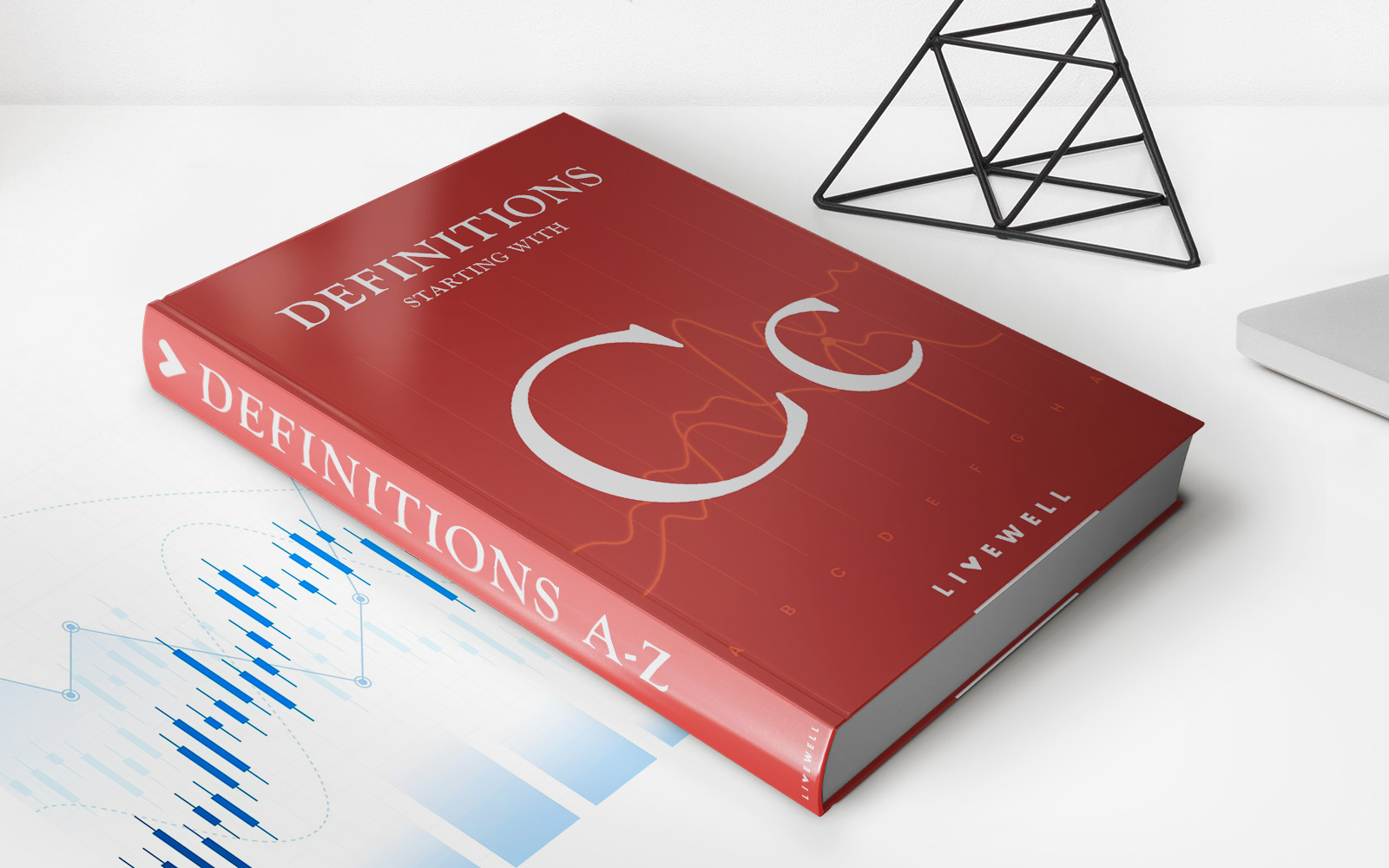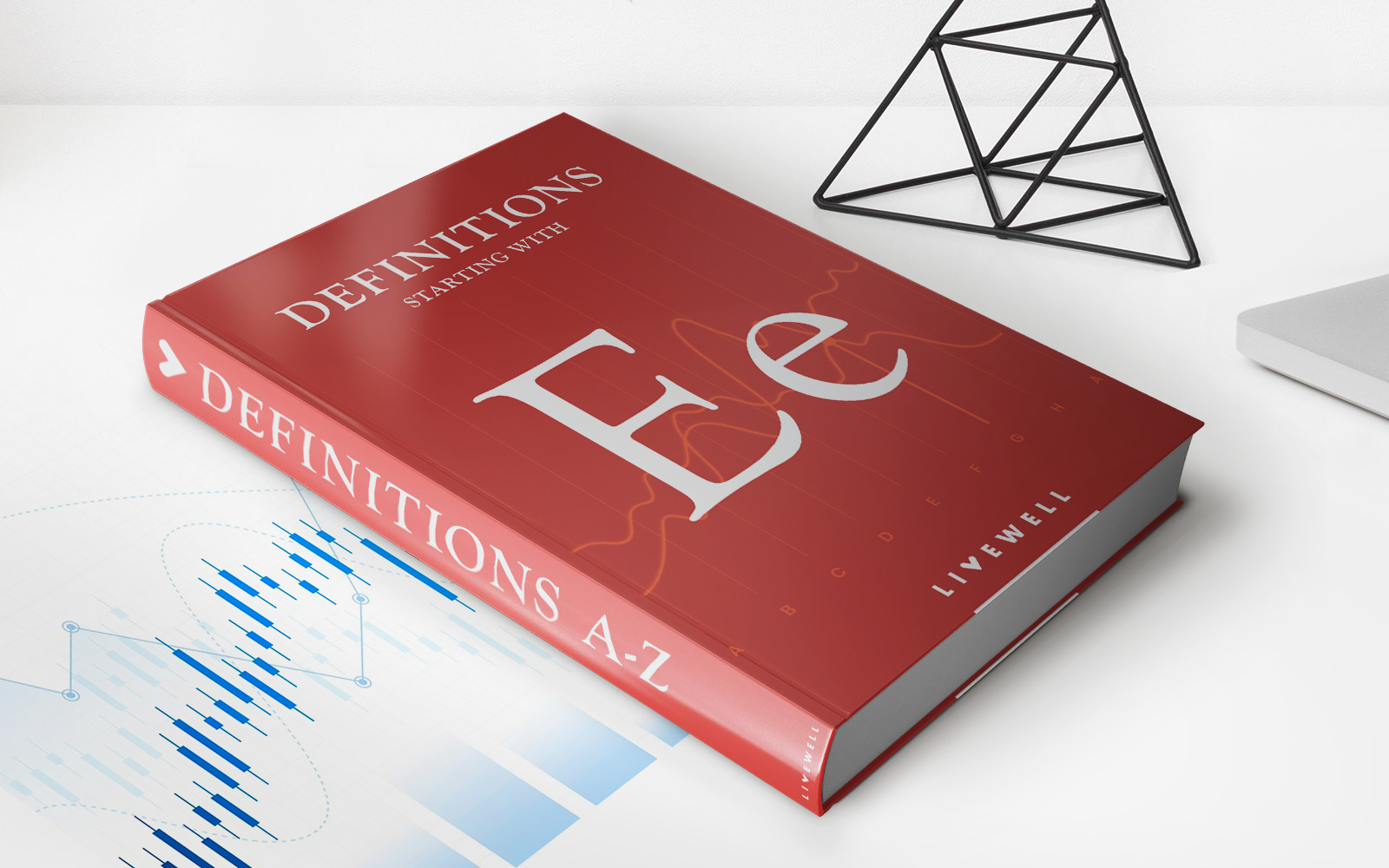Home>Finance>Average Price: Definition, Calculation, And Comparison To Mean


Finance
Average Price: Definition, Calculation, And Comparison To Mean
Published: October 11, 2023
Learn about average price in finance, including its definition, calculation methods, and how it compares to the mean. Understand the concept and significance.
(Many of the links in this article redirect to a specific reviewed product. Your purchase of these products through affiliate links helps to generate commission for LiveWell, at no extra cost. Learn more)
Average Price: Definition, Calculation, and Comparison to Mean
Welcome to our Finance category, where we dive into the intricacies of financial concepts and aim to provide valuable insights for our readers. In today’s post, we will be exploring the concept of average price, its definition, calculations, and how it compares to the mean. So, if you’ve ever wondered how to calculate average price or what it represents in the realm of finance, you’ve come to the right place!
Key Takeaways:
- The average price is a commonly used metric in finance to analyze numerical data sets.
- It is calculated by summing up all the prices and dividing the total by the number of data points.
What is Average Price?
Understanding what average price means is essential when it comes to analyzing financial data. Average price is a statistical measure that represents the average value of a set of prices. It provides us with a sense of the central tendency of prices, helping us identify the typical or average price in a specific data set. This can be particularly useful for investors, analysts, and businesses when determining buying or selling decisions or evaluating market trends.
How is Average Price Calculated?
Calculating the average price is relatively straightforward. To find the average price, you need to:
- Add up all the prices within the data set.
- Divide the sum by the total number of data points.
For example, let’s say we have the following prices: $10, $15, $20, $25, and $30. To calculate the average price, we would add up all the prices ($10 + $15 + $20 + $25 + $30 = $100) and divide by the total number of data points (5). The average price in this case would be $20.
Average Price vs. Mean: How Do They Differ?
While average price and mean are often used interchangeably, it’s essential to understand the subtle differences between the two terms. The main distinction lies in the type of data set being analyzed.
Here’s how the average price compares to the mean:
- Definition: Average price focuses specifically on a set of price data, providing insight into the central tendency of prices. Mean, on the other hand, considers all types of numerical data.
- Calculation: As mentioned earlier, the average price is calculated by summing up all the prices and dividing by the number of data points. Mean, or arithmetic mean, is calculated by summing up all the values in a data set and dividing by the total number of data points.
So, if you’re working with a financial data set containing only prices, you would use the average price calculation. If you have a more diverse data set, encompassing various numerical values, you would calculate the mean to represent the central tendency.
In conclusion, understanding average price and how it relates to mean is crucial for anyone involved in financial analysis. By grasping these concepts, investors, analysts, and businesses can gain a clearer understanding of market trends, make informed decisions, and analyze data more effectively.
